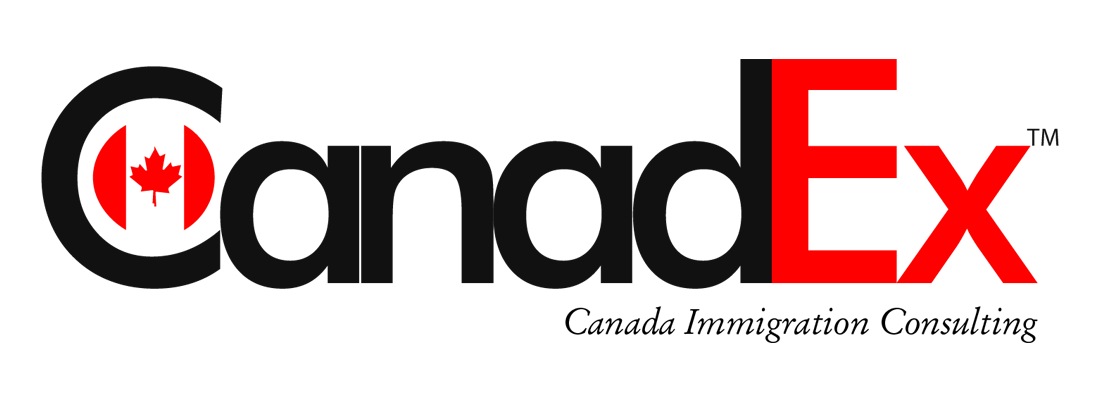Canada is set to make significant advancements in its immigration system this week with the introduction of Express Entry category-based draws for STEM (Science, Technology, Engineering, and Mathematics) professions. This development comes as a part of Canada’s ongoing efforts to address labor market shortages and prioritize skilled workers in key sectors.
The Canadian government, specifically Immigration, Refugees and Citizenship Canada (IRCC), has confirmed that the first round of category-based draws for STEM professions will take place this week. This decision was announced by Immigration Minister Sean Fraser on May 31, showcasing the government’s commitment to attracting top talent in high-demand fields.
About category-based Express Entry draws
Express Entry is an online application system used by the Canadian government to manage permanent residency applications for skilled workers. It allows individuals to create profiles and be ranked based on factors such as age, education, work experience, language proficiency, and other criteria. The highest-ranked candidates are then invited to apply for permanent residency through regular draws conducted by IRCC.
In this new category-based draw system for Express Entry candidates, IRCC will prioritize individuals with strong French language proficiency or work experience in specific fields. The categories were carefully selected based on labor market shortages, future projections, and input from stakeholders. They include healthcare, STEM professions, trades (such as carpenters, plumbers, and contractors), transport, and agriculture/agri-food. These sectors have been identified as areas of focus for addressing labor market needs in Canada.
The decision to focus on STEM occupations is supported by a report released by Statistics Canada in late 2022, which highlighted a skills gap in Canada’s STEM labor force. This gap is primarily attributed to the increasing retirement rate of skilled workers and the rapid advancements in technology and automation across various industries. By the end of 2022 Q4 alone, the Professional, Scientific, and Technical Services sector had an astonishing 56,915 job vacancies in Canada.
Recognizing the need to address this issue and capitalize on emerging opportunities, the 2023 Federal Budget proposes a $20 billion investment to support the development of major clean electricity and growth infrastructure projects. This substantial investment is expected to create a surge in demand for workers in the technology sector, further emphasizing the importance of prioritizing STEM professions in Canada’s immigration system.
Canada’s AI sector is also experiencing significant growth, leading to an increased demand for tech workers. The country currently ranks fourth globally in terms of competitiveness in AI innovation, implementation, and investment, according to the Global AI Index. This further highlights the relevance and value of STEM occupations in today’s labor market.
STEM Occupations Salary
Moreover, many STEM occupations offer attractive salaries compared to other sectors. In 2021, the average compensation in the STEM sector was $90,252, significantly higher than the national average of $69,311. Additionally, as of the end of 2022 Q4, the average wage in the STEM sector stood at $35.80 per hour, more than double that of sectors such as accommodation and food services. These higher wages make STEM professions even more desirable for skilled workers seeking opportunities in Canada.
Express Entry Category-Based STEM Requirements
The introduction of Express Entry category-based draws for STEM professions marks a significant step forward for Canada’s immigration system. By prioritizing individuals with strong French language proficiency or work experience in specific fields, IRCC aims to attract highly skilled individuals who can contribute to Canada’s economic growth and success.
Individuals interested in applying through Express Entry should ensure they meet all eligibility requirements and have their profiles updated with accurate information. The growing focus on STEM occupations presents a unique opportunity for skilled workers looking to establish themselves in Canada’s thriving tech industry or contribute their expertise to other high-demand fields.
Conclusion
Canada’s decision to hold its first Express Entry category-based draws for STEM professions reflects its commitment to addressing labor market shortages and attracting top talent. This development is supported by evidence of a skills gap in Canada’s STEM labor force and the increasing demand for tech workers in various sectors. The introduction of this new category-based draw system presents exciting opportunities for skilled individuals looking to make Canada their new home.
Want to Immigrate to Canada?
